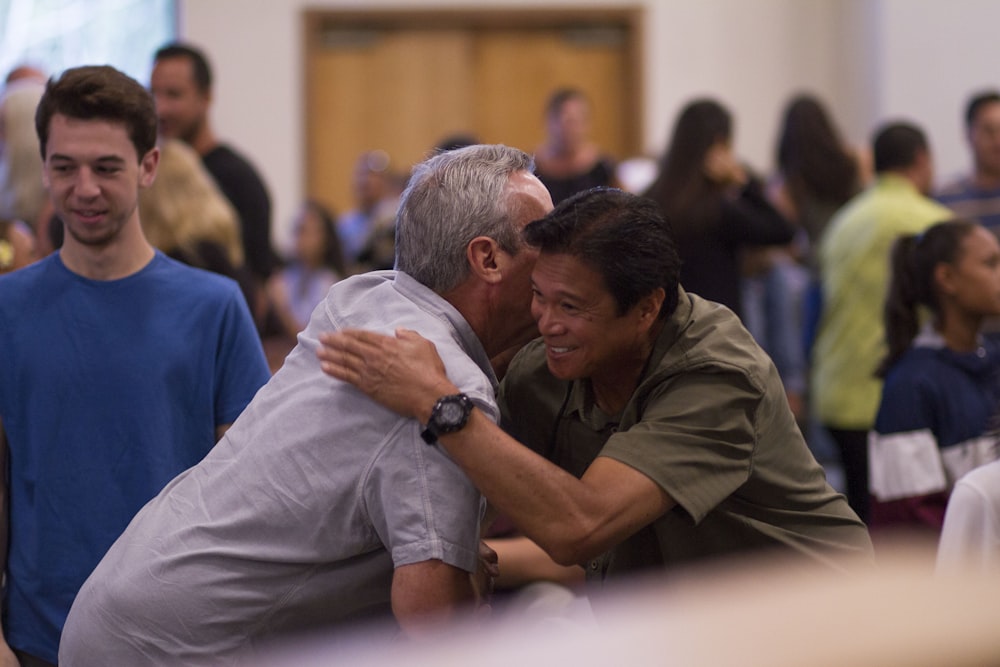We are delighted to share with you our library of resources. You can use the filter feature below to find topics most relevant to your curriculum.
The United Reform Church
What is the URC?
 Although one of the smaller of Britain's 'mainstream' denominations, the United Reformed Church stands in the historic reformed tradition, whose member denominations make up the largest single strand of Protestantism, with more than 70 million members worldwide.
Although one of the smaller of Britain's 'mainstream' denominations, the United Reformed Church stands in the historic reformed tradition, whose member denominations make up the largest single strand of Protestantism, with more than 70 million members worldwide.
The United Reformed Church (URC) in England and Wales was formed in 1972 when the Congregational and Presbyterian Churches joined together. It then joined with the Churches of Christ to become the United Reformed Church in the United Kingdom. In 2000 it joined up with the Congregational Union of Scotland and became known as the United Reformed Church.
Both the Congregational and Presbyterian churches came out of the Reformation in the sixteenth century, when the Protestant church broke away from the Roman Catholic church. Following the passing of the Act of Uniformity in 1662 all Ministers had to belong to the Church of England and agree to certain principles. Many felt that they could not do this and left to become Ministers of other churches, including 'Independents' (who later became Congregationalists), Presbyterians, and Baptists.
In the early days, ministers of these early churches were often sent to prison. Although both the Congregational and Presbyterian churches held the same views about their belief in God, their form of organisation differed.
The Congregational church is governed by the members at the Church meetings while the Presbyterian church is governed by Presbyters, an elected committee. Both churches had a union that, while having no direct control over the church, acted as a guide and offered mutual support between the churches. They also held annual General Assemblies where ministers could meet to discuss their ideas about God and faith, plus how to run the church. When the two churches united, they merged their form of church government.
Although the Church Meeting has the last word, elected Elders (the successors to Presbyters) look after the day-to-day running of the church. There is still a General Assembly, now held every other year. Although a URC is part of a union, each church can choose how it runs things, including appointing its minister. It does sometimes have to get permission to make big changes to its building.
A URC may be in a group where several churches share one minister. The church members elect Elders who look after the day-to-day running of the church. Anyone who is a church member may be an Elder.
The URC Today
Today there are around 46,000 members of the URC in the UK. The URC believe that as a church they are called to join in God's mission. They see mission as the reason the church exists. With the aim of enabling the church to be mission-focused, the URC has a Mission Team. Alongside the Mission Committee, this team developed the concept of Vision2020, a ten-year strategic framework for the United Reformed Church, which will support the mission of local churches.
At the heart of Vision 2020 are 10 mission focuses:
- Spirituality and Prayer
- Identity
- Christian Ecumenical Partnerships
- Community Partnerships
- Hospitality and Diversity
- Evangelism
- Church Growth
- Global Partnership
- Justice and Peace
- The Integrity of Creation
You can learn more about the United Reform Church here.

